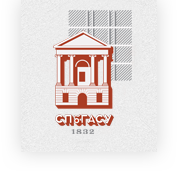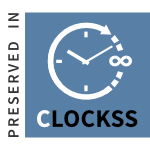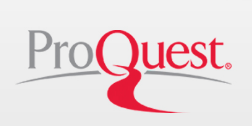On the Determination of Copyright Infringement of Artificial Intelligence Generated Objects
DOI:
https://doi.org/10.63313/LH.9003Keywords:
Copyright, Artificial Intelligence, Generation, Infringement DeterminationAbstract
This article discusses the infringement problem of artificial intelligence (AI) generation in the field of copyright based on the "First AICG case" heard by Guangzhou Internet Court. With the wide application of AI technology, the boundaries between AI generated works and original works are becoming increasingly blurred, which has triggered legal disputes. This article focuses on whether AI generated objects may infringe the copy right, adaptation right and information network dissemination right of the copyright owner, and through analyzing the case, puts forward the thinking on the type of copyright infringement of AI generated objects, aiming to provide theoretical reference for legal practice, promote the progress of the relevant legal system, and ensure the legalization and standardization of the development of AI technology, so as to safeguard the social justice, stabilize the market order, and promote the harmonious development of science and technology and society. harmonious development of science and technology and society.
References
[1] Jiang, G. (2024). On the Copyrightability of Artificial Intelligence-Generated Content: A Perspective on Users' Original Expressions. Intellectual Property Rights, China, 36.
[2] Wang, Q. (2023). Re-examining the Characterization of Artificial Intelligence Generated Content in Copyright Law. Politics and Law Forum, China, 16.
[3] Ye, Z. C. (2024). Infringement of Artificial Intelligence Generated Substances and Solution Path. Journal of Central South University for Nationalities, China, 156.
[4] Zhou, X. F. (2023). An Analysis of Tort Liability of Generative Artificial Intelli-gence. Comparative Law Research, China, 117.
Downloads
Published
Issue
Section
License
Copyright (c) 2025 by author(s) and Erytis Publishing Limited.

This work is licensed under a Creative Commons Attribution-ShareAlike 4.0 International License.















